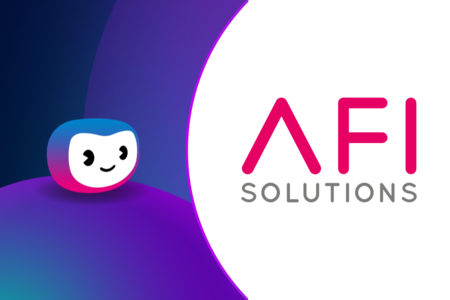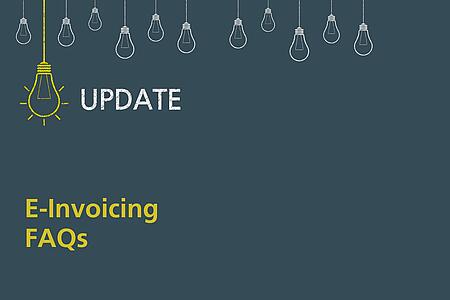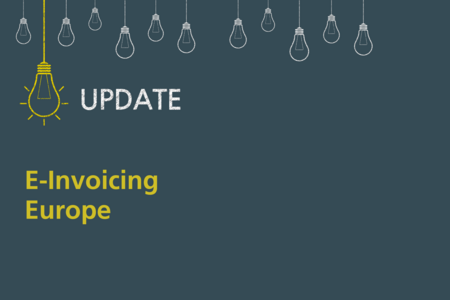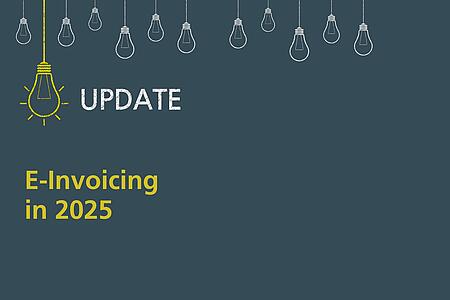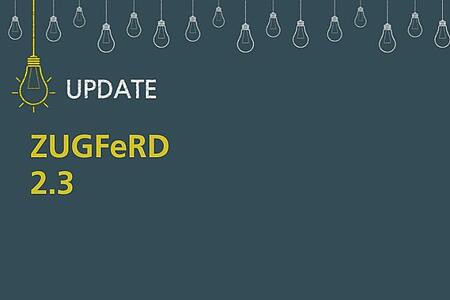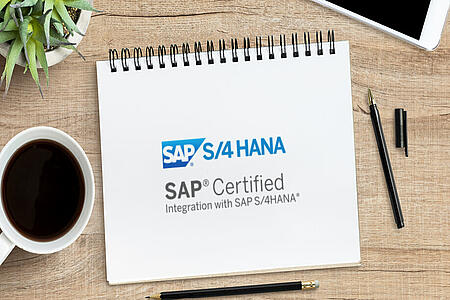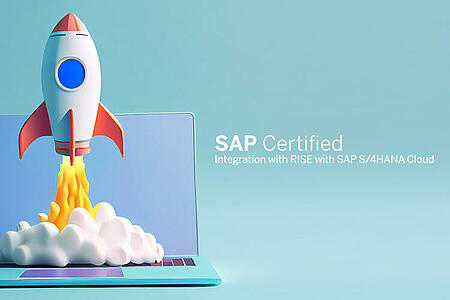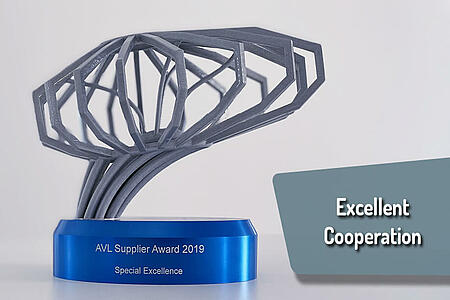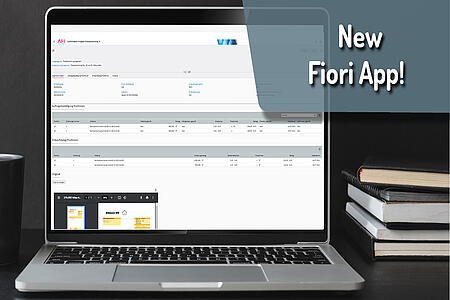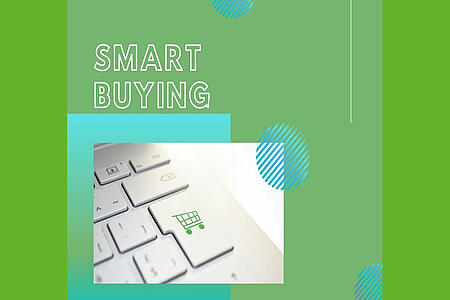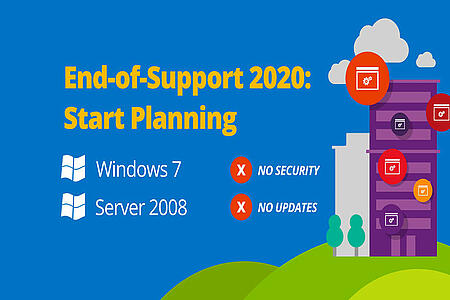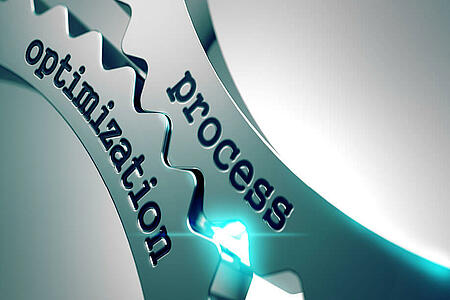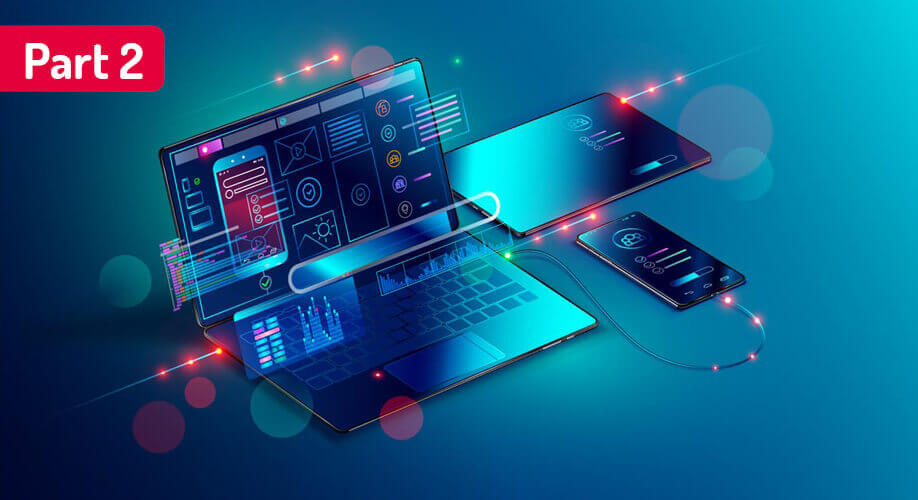
On-Premises, SaaS or Outsourcing: Do We Have a Choice? Or Have We Long Been Driven? Part 2
Table of contents:
- Cloud Service or BPO: strategic fair play leads to success
- Three strategies from experience with document digitization
- On-Premises
- Saas
- BPO
- Example: reduction of value added tax
- Conclusion: it is your choice
Studies show that the speed of change has been increasing continuously for over one hundred years. In the last century it has already become »faster« than a company’s average speed of reaction. This makes it all the more important for companies to approach change strategically.
Click Here for the First Part of the Blog Article, in Which The Benefits Provided by Business Process Outsourcing (BPO) And Software as a Service (SaaS) Were discussed.
This blog article is about the practical application of BPO, cloud service and on-premises..
Cloud Service or BPO: strategic fair play leads to success

It applies to both concepts that the players must perform in the right position. The use of cloud-based services and the outsourcing of business processes provide the opportunity to shape change processes in a self-determined way without being driven by external factors.
Success is achieved when providers and service users agree on clear, binding expectations. This can be handled quickly with a simple cloud-based service. When outsourcing processes, more time must be invested to reconcile transitions and existing expectations.
Because even in a seemingly all-too-fleeting world, neither the provider nor the service user want to reinvent the wheel all the time but rather maintain a successful, long-term business relationship at eye level. This does certainly not mean that everything must and will always run harmoniously. However, fair interaction will ensure that both sides remain successful for the long haul and have fun doing so. This is an essential guarantor for success – especially in BPO projects. A service level agreement (SLA) provides clarity for all parties involved as to what exactly is expected in terms of service, availability, functionality and performance.
Three strategies from experience with document digitization
A good example to illustrate the approaches in practice is the digitization of documents. In the purchase-to-pay or order-to-cash process, companies receive unstructured data. This includes paper documents, faxes or e-mails. Although some of the documents are available in digital form, the process-relevant information is not existent in a structured form.
Digitization describes which information must be transferred from a document to an ERP system for example. In the case of an invoice, this is the information required by the Value Added Tax Act for example, in the case of an order confirmation it is the reference to the order or the deviating delivery date. In the case of an incoming sales order, the focus is more on the items to be delivered or produced.
Needless to say, today’s software can read out and provide data. Particularly as standardized formats such as EDIFACT, ZUGFeRD or XRechnung (refers to the German market) are supposed to support exactly this. However, it is seldom possible to work completely without staff because someone has to go through the mail at the very least.
Therefore, the subprocess described here involves preparing incoming documents and capturing all relevant data from the document:
On-Premises
In the case of an on-premises solution, the company takes care of this job entirely on its own. It buys the software for digitization, provides the IT infrastructure, the server processing power, process organization and the specialist staff for the complete application and operational support. Over the past 15 years, this has been the preferred model of medium-sized companies.
SaaS
In the case of a cloud solution, the company can put the cloud provider in charge of the software, which was previously operated on-premises and in the area of responsibility of the company. The benefits as well as the challenges of such a SaaS solution have already been outlined in more detail in the first part of the article: availability, functionality and the latest technologies are always in current use. The on-premises part becomes obsolete and the operation of the solution in terms of the subprocess becomes much easier. The expertise of how to handle the digitally acquired data or how to pre-sort the incoming mail remains with the company’s specialist staff.
BPO
In the case of BPO, the subprocess is entirely outsourced. Solely the service provider is responsible for the mere digitization in the above sense. Here, too, an SLA regulates how incoming mail – no matter if electronic or in paper form – is to be handled, what time periods are available for processing and what data quality is expected in the target system.
Example: reduction of value added tax
A nice example to illustrate all approaches again is the reduction of VAT from 1 July 2020. This implementation now had to be set up in all three environments at short notice.
- In the case of the outsourced process (BPO), the company simply has no to-do lists: it is entirely up to the service provider to take care of the technical implementation and deliver the corresponding, correct data to the company.
- In the case of SaaS, the company has to solve the case within the process but it can rely on the software in the cloud being able to identify and assign the new VAT rates on time.
- In the on-premises world, all efforts are left to the final customer who must implement it in the software and the process. This is where consulting, support with the corresponding software settings and any pending software updates are required. Time could become a critical factor especially in the on-premises world.
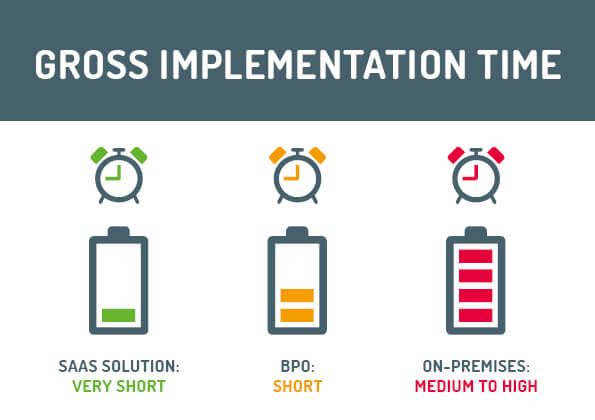
Conclusion: it is your choice
You have a strong IT and enough staff? Then on-premises can also be the right solution for you. Our experience has shown that most companies do not want their own experts to waste their valuable time looking at and comparing documents. In this case, subprocesses are often outsourced. Particularly since there are often upward fluctuations in the document volume which the service provider then has to absorb.
On the other hand, there are customers who use a great deal of specialist knowledge for the comparison or validation of documents so that Software as a Service (SaaS) is the right solution. The company no longer has to worry about IT operations but can rely on the software being state-of-the-art – including compliance, data security and data protection.
Companies have the choice. They only need to ask themselves whether it is still suitable and in line with their core competence to carry out administrative business processes in-house.
